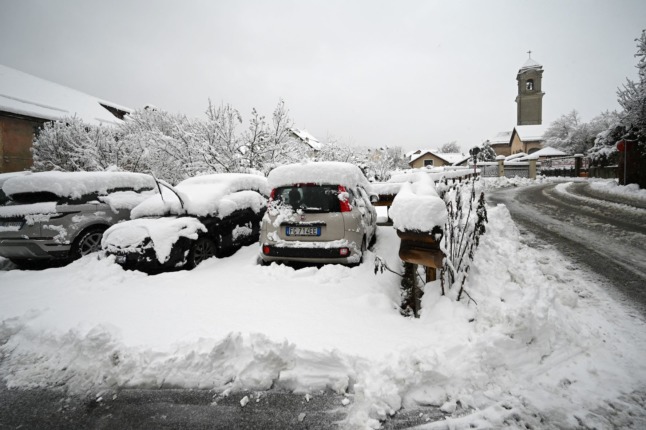Norway has long been in the strange juxtaposition of being perceived as one of Europe’s greener countries while being one of the continent’s biggest natural oil and gas producers.
While most new cars sold in the country are electric, and the coalition government has announced several carbon-cutting goals as part of its government policy platform, the nation of 5.3 million will continue to develop its oil industry and press on with exploration for gas and “black gold”.
Within its own borders, then Norway is only the world’s 61st biggest CO2 polluter, according to data on the country’s carbon dioxide output provided by climate researchers Cicero and the Global Carbon Project for broadcaster NRK.
The country emits 41 million tonnes of CO2 annually, according to figures it submits to the UN. This pales in comparison to the 329 million tonnes released by the UK, the 1.5 billion tonnes emitted by Russia, the 4.7 billion tonnes the USA has reported to the UN, and the more than 10 billion tonnes China discharges.
By this metric, Norway looks to be relatively green. However, when emissions per capita are considered, Norway leapfrogs the UK and China, emitting 7.7 tonnes per person.
These figures don’t consider the environmental impact of the country’s oil and gas trade. Most of the industry’s emissions occur outside of Norway and are therefore not included in the national figures.
READ ALSO: How will climate change impact Norway?
When emissions released by the oil and gas trade outside of the country’s borders are accounted for then Norway becomes the 17th largest nation in terms of CO2 output.
Additionally, when emissions produced outside its borders are taken into consideration, carbon dioxide generated per person in Norway jumps from 7.7 tonnes to 93.6. This puts Norway fourth overall, behind oil giants Qatar, Kuwait and Brunei.
Norway’s petroleum minister, Marte Mjøs Persen, told NRK that the country wasn’t responsible for emissions produced abroad as a result of oil and gas exports.
“Not according to the Paris Agreement. There we are responsible for the emissions we have in the Norwegian sector,” Persen told NRK.




 Please whitelist us to continue reading.
Please whitelist us to continue reading.
Member comments